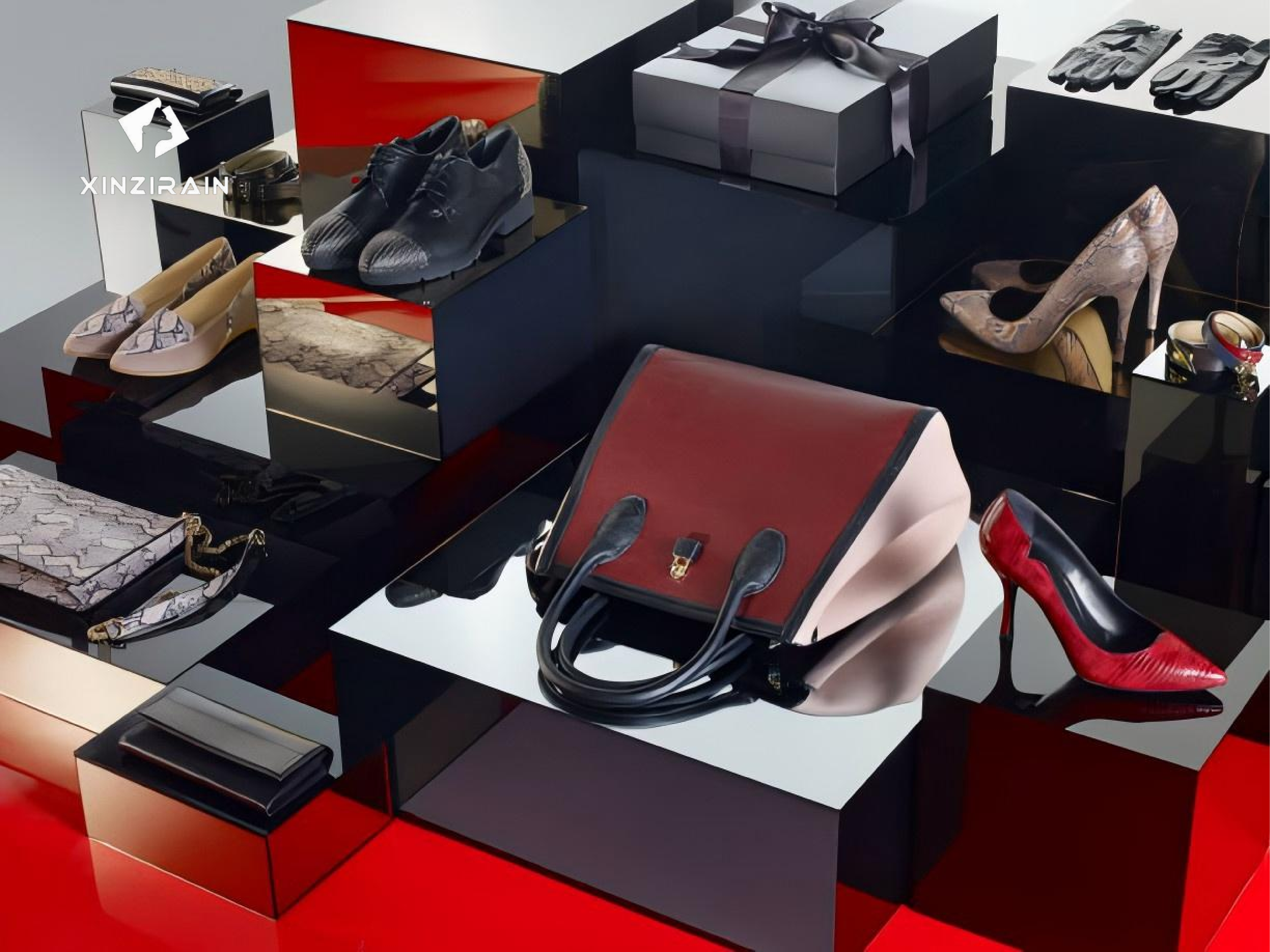
Ji bo destpêkirina karsaziyek çêkirina çenteyan, pêdivî bi tevlîheviyek ji plansaziya stratejîk, sêwirana afirîner û têgihîştina pîşesaziyê heye da ku bi serkeftî di cîhana modayê de cih bigire û mezin bibe. Li vir rêbernameyek gav bi gav heye ku ji bo damezrandina karsaziyek çenteyan a qezenckar hatiye amadekirin:
1. Niş û temaşevanên xwe nas bikin
Pêşî, şêwaz û bazara çenteyên ku hûn dixwazin hilberînin diyar bikin. Ma hûn armanc dikin ku çenteyên tote yên domdar, çenteyên destan ên çermî yên asta bilind, an çenteyên werzîşê yên pirarmanc bikar bînin? Fêmkirina demografîk û meylên heyî yên hedefa xwe, wekî daxwaza ji bomateryalên hawirdorparêzan sêwiranên bêhempa, dibe alîkar ku balkêşiya hilbera we û stratejiya bihayê diyar bike.

3. Materyal û Amûrên Kalîteya Çavkaniyê
Ji bo ku hûn hêviyên xerîdaran bicîh bînin, materyalên bi kalîte yên ku bi marqeya we re li hev dikin, wekî çermê domdar, materyalên vegan, an qumaşên ji nû ve hatine vegerandin, peyda bikin. Amûrên bingehîn makîneyên dirûnê yên pîşesaziyê, makîneyên birrîna zivirî, û makîneyên overlock vedihewîne. Zincîrek dabînkirinê ya pêbawer bi kalîteya materyalê ya domdar piştrast dike ku çenteyên we li gorî standardên bazarê ne û baweriyê di navbera xerîdaran de ava dikin.
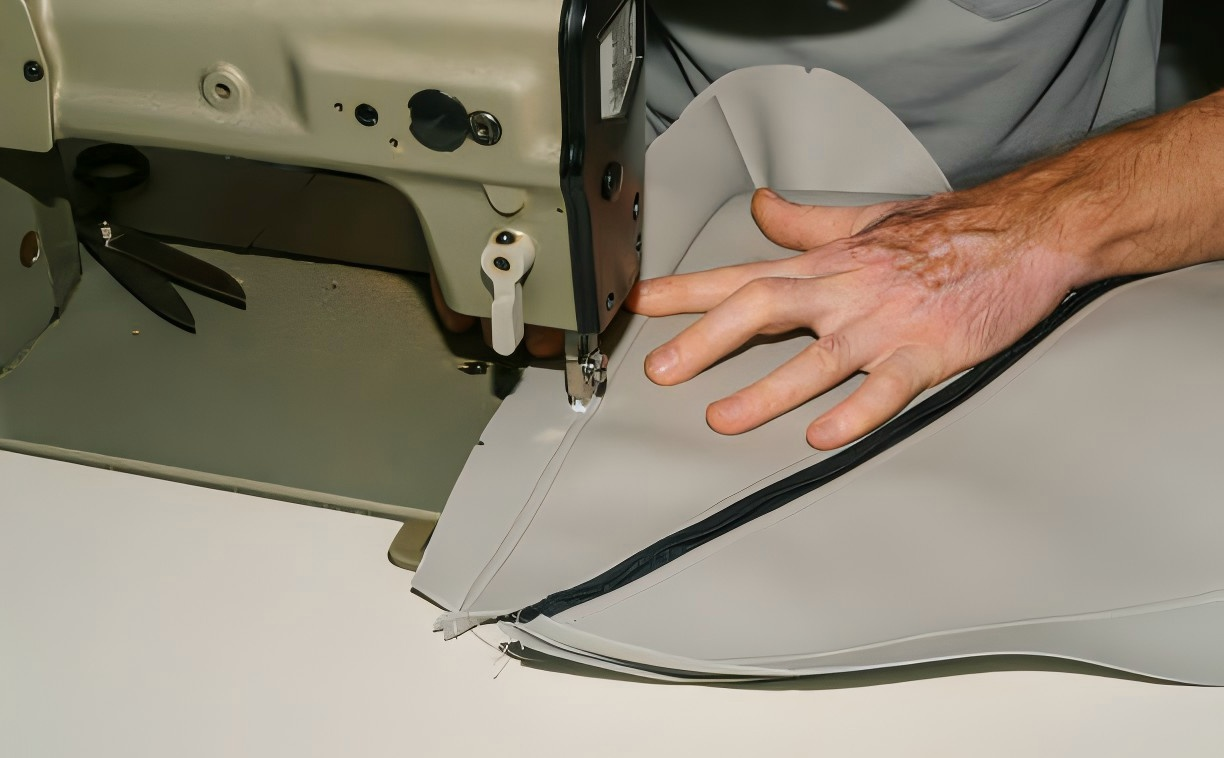
5. Kanalên Firotanê Saz Bikin
Ji bo karsaziyên nû, platformên mîna Etsy an Amazon ji bo gihîştina temaşevanek gerdûnî ji hêla lêçûnê ve maqûl in, di heman demê de malperek Shopify ya xwerû kontrolê li ser marqeyê pêşkêşî dike. Bi her du rêbazan re ceribandinê bikin da ku diyar bikin ka kîjan ji bo bazara hedef û budceya we çêtirîn dixebite. Pêşkêşkirina dakêşan an pêşniyarên promosyonê ji bo kirrûbirên cara yekem dikare bingehek xerîdar a dilsoz bikişîne.
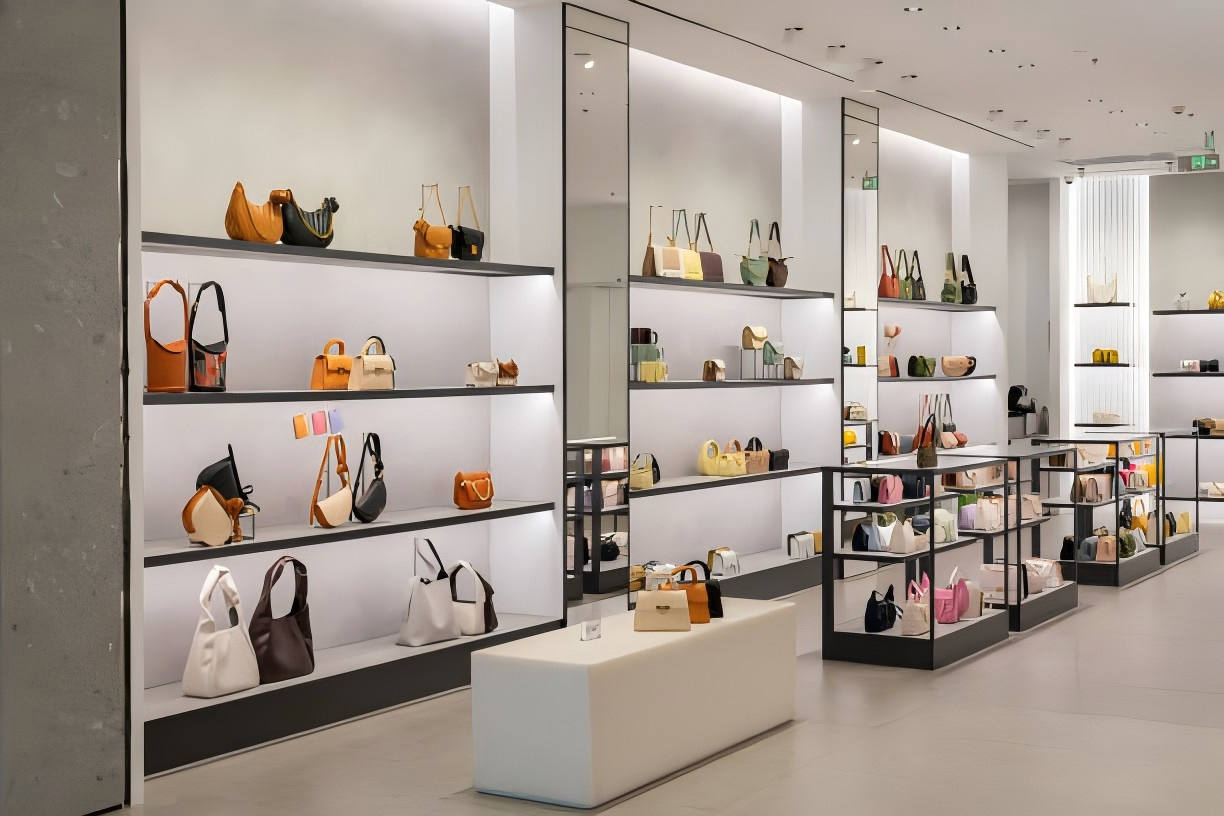
2. Planeke Karsaziyê û Nasnameyeke Brandê Pêşve Bibin
Divê plana karsaziya we armanc, temaşevanên hedef, lêçûnên destpêkirinê û çavkaniyên dahatê yên bendewar destnîşan bike. Avakirina nasnameyek marqeyê ya hevgirtî - tevî nav, logo û mîsyonek - dibe alîkar ku hilberên we di sûkê de werin cudakirin. Afirandina hebûnek serhêl a bihêz li ser platformên medyaya civakî yên wekî Instagram û Pinterest ji bo têkiliya bi temaşevanên we re girîng e.
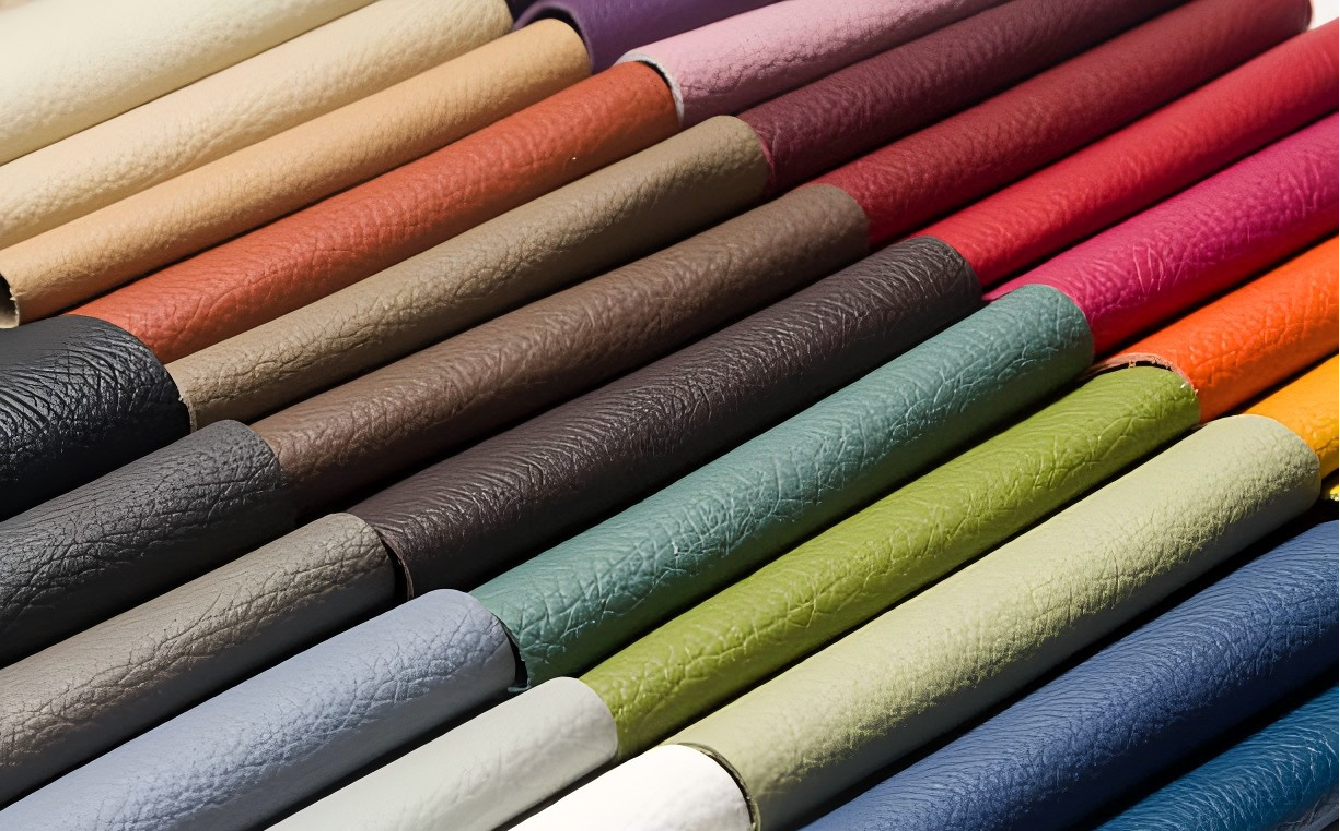
4. Prototîp bike û Sêwiranên Xwe Biceribîne
Pêşxistina prototîpan dihêle hûn fonksiyona sêwiranê biceribînin û nirxandinan berhev bikin. Bi komek piçûk dest pê bikin, û berî ku hûn dest bi hilberîna girseyî bikin, ji bo nirxandina daxwazê parçeyên bi edîsyona sînorkirî pêşkêş bikin. Sererastkirinên di sêwiran û materyalê de li gorî nirxandina destpêkê dikarin hilbera dawîn û razîbûna xerîdar bi girîngî baştir bikin.
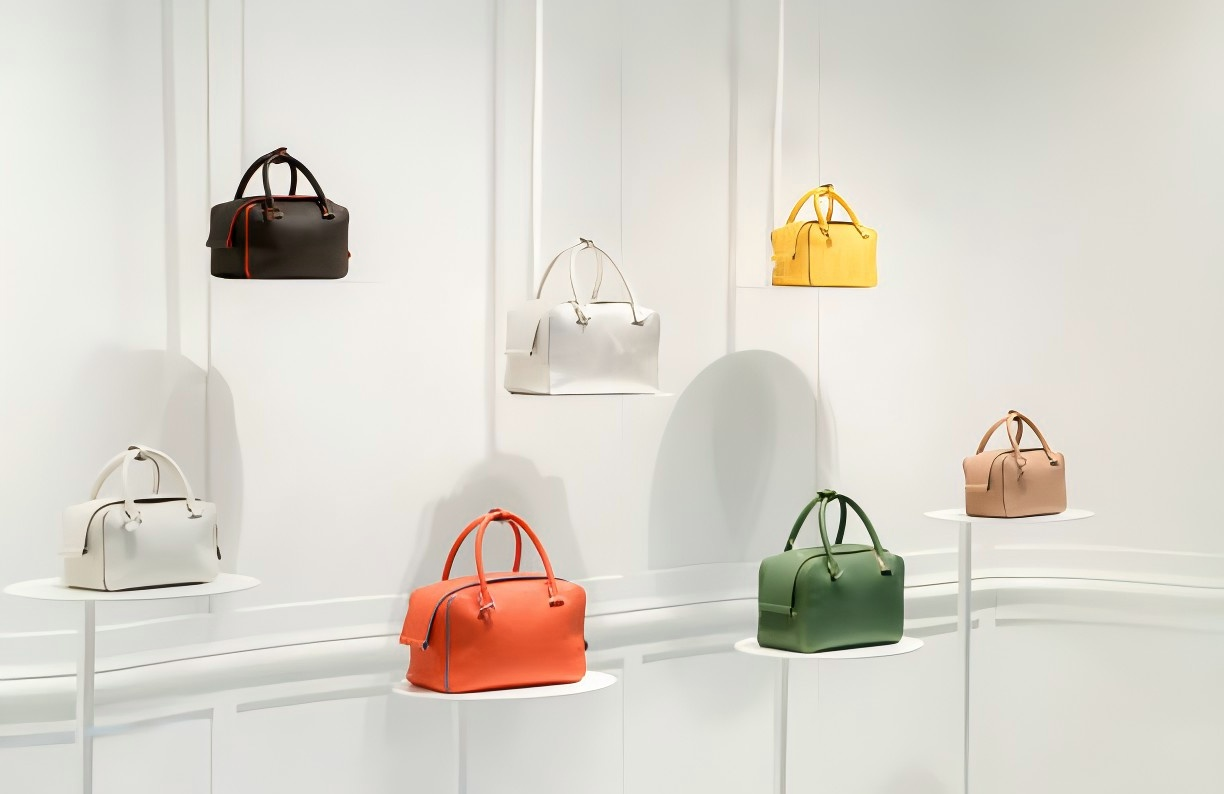
Xizmeta me ya Pêlav û Çenteyê ya Taybet Bibînin
Dozên Projeyên Xweserkirinê yên Me Bibînin
Niha Berhemên Xwe yên Taybet Biafirînin
Dema weşandinê: Mijdar-08-2024